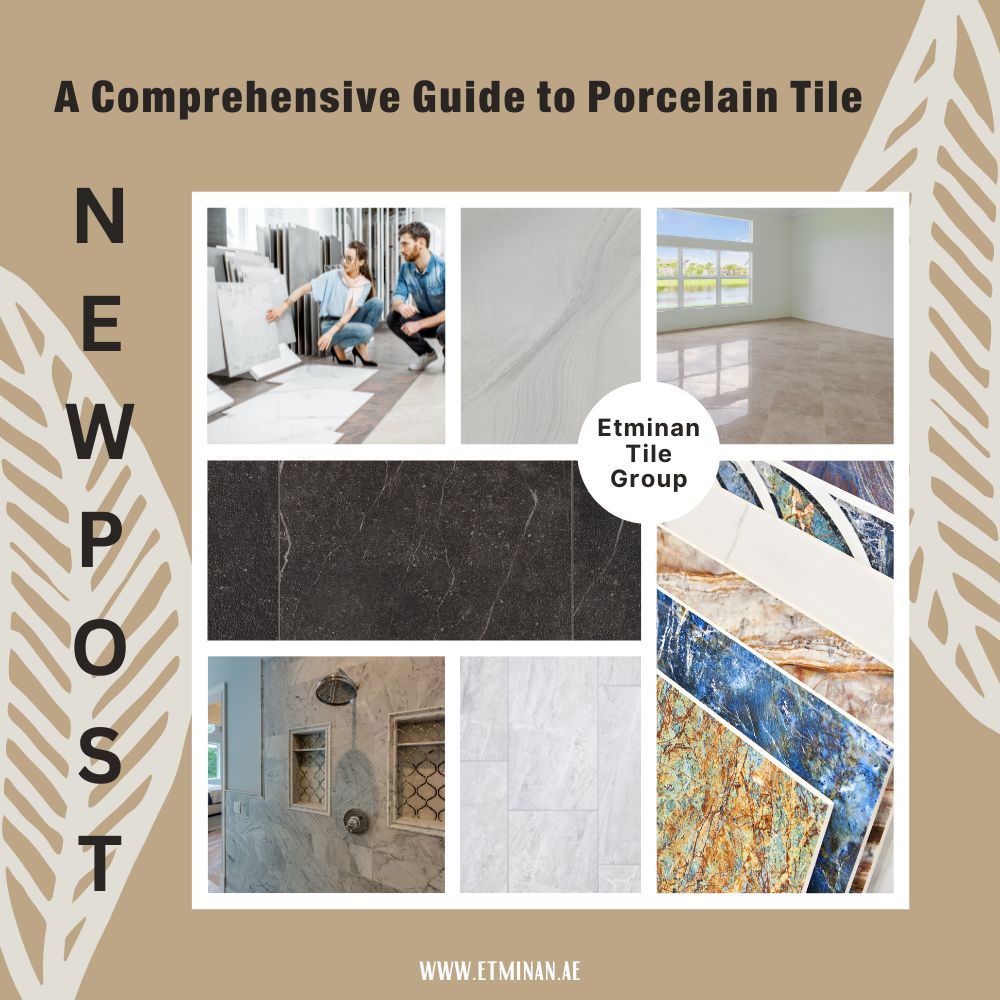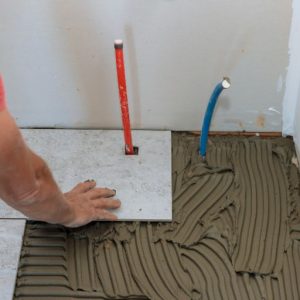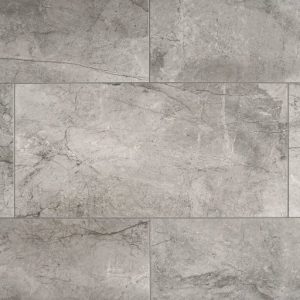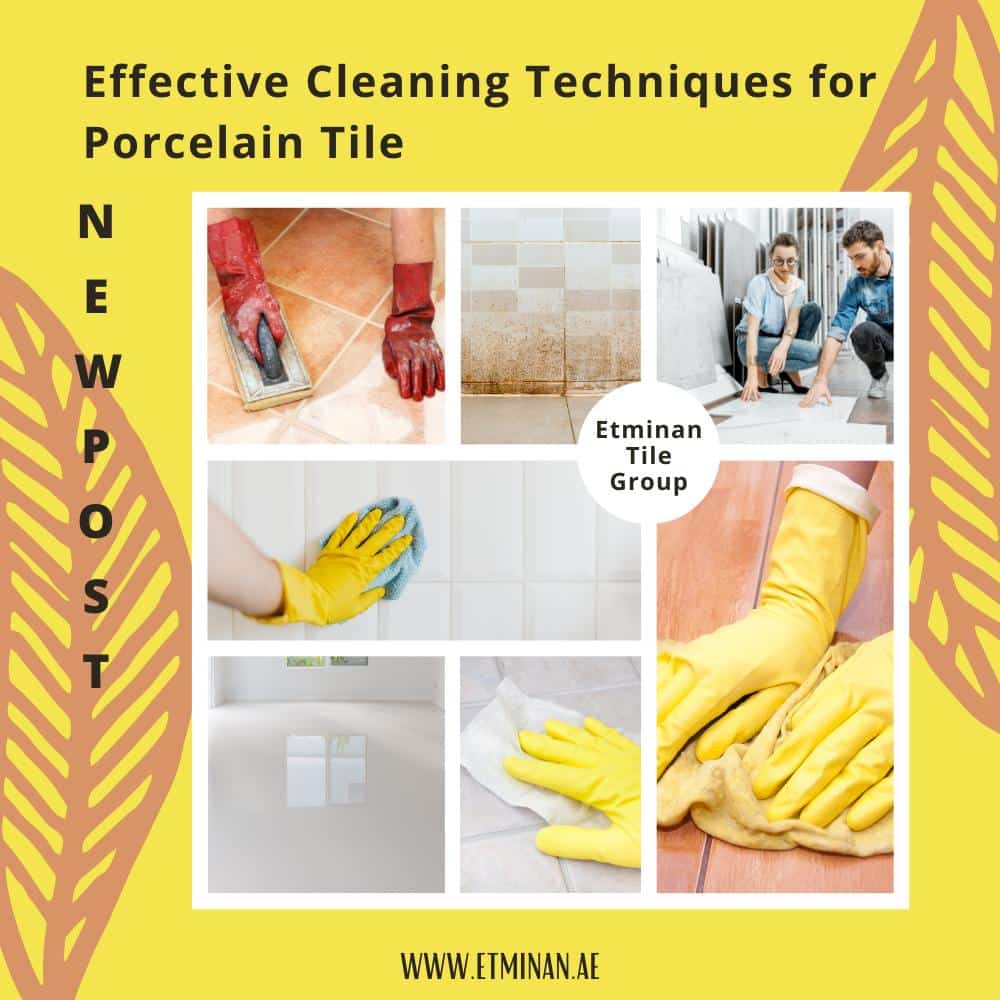A Comprehensive Guide to Porcelain Tile
Introduction
Porcelain tile is a versatile and durable option for flooring and wall coverings. With its elegant appearance and numerous benefits, it has gained popularity in both residential and commercial settings. This comprehensive guide will take you through everything you need to know about porcelain tile, from its characteristics and installation process to its maintenance and design options.
What is Porcelain Tile?
Porcelain tile is a type of ceramic tile made from fine clay and minerals, fired at extremely high temperatures. It is known for its dense and non-porous composition, which gives it exceptional strength and durability. The manufacturing process involves pressing and kiln-firing the materials, resulting in a hard and water-resistant product.
The Advantages of Porcelain Tile
Porcelain tile offers several advantages that make it a preferred choice for various applications. Some key benefits include:
1. Durability: Porcelain tile is highly resistant to wear and tear, making it suitable for high-traffic areas. It can withstand heavy furniture, foot traffic, and even the impact of dropped objects without chipping or cracking.
2. Water Resistance: Thanks to its low water absorption rate, porcelain tile is an excellent option for wet areas such as bathrooms and kitchens. It does not absorb moisture, which prevents mold and mildew growth.
3. Stain Resistance: The non-porous surface of porcelain tile makes it resistant to stains from spills and dirt. This characteristic makes it easy to clean and maintain, requiring minimal effort to keep its original appearance.
4. Versatility: Porcelain tile comes in a wide range of colors, patterns, and textures, allowing for endless design possibilities. Whether you prefer a sleek and modern look or a rustic and natural feel, there is a porcelain tile option to suit your style.
5. Longevity: With proper installation and maintenance, porcelain tile can last for decades, making it a cost-effective investment in the long run.
Types of Porcelain Tile
Porcelain tile can be categorized into different types based on its composition and surface appearance. Understanding the various types will help you choose the most suitable option for your specific needs.
1. Glazed Porcelain Tile
Glazed porcelain tile has a protective layer of liquid glass applied to its surface before firing. This layer gives the tile its desired color, pattern, and finish. The glaze also provides an extra level of protection against stains and scratches. It is ideal for indoor applications such as kitchen backsplashes and bathroom walls.
2. Full-Body Porcelain Tile
Full-body porcelain tile is made of a homogeneous material that extends throughout the entire thickness of the tile. The color and pattern run from the surface to the core, making it highly durable and resistant to wear. Full-body porcelain tile is a popular choice for high-traffic areas and outdoor applications.
3. Polished Porcelain Tile
Polished porcelain tile has a glossy and reflective surface achieved through an additional polishing process. This type of tile adds elegance and sophistication to any space. However, it may require more maintenance to keep its shine and prevent visible scratches.
4. Textured Porcelain Tile
Textured porcelain tile features a textured surface that provides better slip resistance, making it suitable for areas prone to moisture, such as pool decks and shower floors. The texture can mimic the appearance of natural materials like stone or wood, adding a touch of authenticity to your space.
Installation Process
Proper installation is crucial to ensure the longevity and performance of porcelain tile. It is recommended to hire a professional installer for
the best results. Here is a general overview of the installation process:
1. Surface Preparation
The installation surface should be clean, dry, and level. Any existing flooring or debris should be removed, and the subfloor should be inspected for any structural issues. Proper surface preparation is essential to prevent future tile damage or loosening.
2. Tile Layout and Cutting
Before applying adhesive, the installer determines the tile layout based on the room’s dimensions and the desired pattern. Tiles may need to be cut to fit around edges, corners, or fixtures. Precision and attention to detail are necessary for a seamless installation.
3. Adhesive Application
A suitable adhesive, specifically designed for porcelain tile, is applied to the subfloor using a trowel. The adhesive should be evenly spread to ensure proper bonding between the tile and the surface.
4. Tile Installation
The tiles are carefully placed on the adhesive, starting from the center and working towards the edges. Spacers are used to maintain consistent grout lines. It is essential to periodically check the level of the tiles to ensure a flat and even surface.
5. Grouting
Once the adhesive has cured, the grout is applied between the tiles. Grout not only fills the gaps but also provides stability and prevents moisture from seeping beneath the tiles. Excess grout is removed, and the surface is cleaned for a polished finish.
Maintenance and Care
Porcelain tile is relatively low-maintenance compared to other flooring options. With proper care, it can retain its beauty and functionality for years to come. Here are some tips for maintaining and caring for your porcelain tile:
1. Regular Cleaning: Sweep or vacuum the tile regularly to remove dirt and debris. Use a mild detergent and warm water to mop the surface. Avoid abrasive cleaners or tools that may scratch the tile.
2. Prompt Spill Cleanup: Wipe up spills immediately to prevent staining. Porcelain tile is resistant to most liquids, but acidic substances like wine or tomato sauce may cause discoloration if left unattended.
3. Avoid Harsh Chemicals: When cleaning the tile, avoid harsh chemicals that can damage the grout or the tile’s surface. Stick to mild, pH-neutral cleaners to maintain the tile’s integrity.
4. Grout Maintenance: Periodically inspect the grout lines for any signs of damage or discoloration. Repair or reseal the grout as needed to prevent water penetration and potential tile loosening.
5. Protective Measures: Use doormats at entryways to trap dirt and prevent abrasive particles from scratching the tile’s surface. Place felt pads under furniture legs to prevent scratches and dents.
Frequently Asked Questions
Q: How does porcelain tile compare to ceramic tile?
A: Porcelain tile is denser and more durable than ceramic tile. It has a lower water absorption rate and is better suited for high-traffic areas and moisture-prone spaces.
Q: Can porcelain tile be installed outdoors?
A: Yes, certain types of porcelain tile, such as full-body porcelain, are suitable for outdoor installations. However, it is essential to choose tiles specifically designed for outdoor use to withstand the elements.
Q: Can porcelain tile be used on walls?
A: Absolutely! Porcelain tile is an excellent option for wall installations, adding both style and functionality. It is commonly used in bathrooms, kitchens, and other areas where moisture resistance is desired.
Q: Is porcelain tile more expensive than other types of flooring?
A: While porcelain tile may have a higher upfront cost compared to some flooring options, its long lifespan and durability make it a cost-effective investment in the long run. It requires minimal maintenance and replacement, reducing future expenses.
Q: Can porcelain tile mimic the look of natural materials?
A: Yes, porcelain tile can replicate the appearance of natural materials like stone, wood, or concrete. Advanced manufacturing techniques allow for realistic textures and patterns, providing a wide range of design options.
Q: Can I install porcelain tile myself, or should I hire a professional?
A: While porcelain tile installation is possible for experienced DIY enthusiasts, it is recommended to hire a professional installer. Proper installation requires skill, knowledge, and specialized tools to ensure optimal results.
Conclusion
In conclusion, porcelain tile offers a comprehensive range of benefits, making it an excellent choice for flooring and wall applications. Its durability, water resistance, and versatility make it suitable for various environments and design preferences. By following proper installation and maintenance practices, you can enjoy the beauty and functionality of porcelain tile for many years to come.
Also read this article: The Quality of Ceramic Tiles: What You Need to Know
Read our blog in : Arabic








1 Comment. Leave new
[…] Also Read this Article: A Comprehensive Guide to Porcelain Tile […]